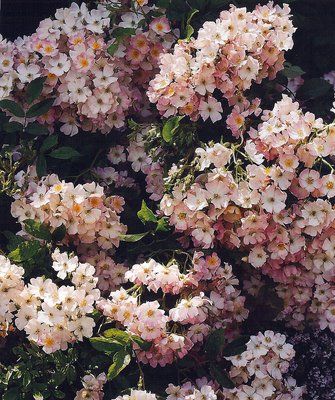I’ll be the first to admit, it’s hard to bundle yourself up to go out and work in the garden on a cold winter day. Bright sunshine sure helps, but still, it’s not T-shirt weather yet.
It helps to think how good that fresh air will feel, not to mention that working in the garden relieves stress. And think about all that great exercise you get, without getting on the boring treadmill.
Depending on your weight and how vigorously you work, an hour of gardening can burn up about 272 calories. Transplant a shrub, and the number of calories burned could jump to an incredible 340 calories per hour. Just think of that extra helping of potatoes au gratin you had over the holidays.
There’s plenty to do this time of year. Neaten things up by removing rotting perennials and sweeping the leaves and debris off the driveway and your roof.
It’s time to prune fruit trees and smother overwintering eggs and insects by spraying with horticultural oil. Combine your spray with lime-sulfur (except on apricot trees) to kill fungal disease spores like those that cause peach-leaf curl. Spinosad has also been shown to suppress fungal diseases. You’ll want to do this again when the buds swell but before they open (about Valentine’s Day).
Control large vines, like overgrown honeysuckle, pink jasmine, morning glory, passion vine, potato vine and trumpet creeper, by radically thinning them or even cutting them back low to the ground if they are a big, tangled mess. Wait until after flowering to heavily prune spring-blooming vines, such as wisteria.
Prune your roses
When buds along rose canes begin to swell, prune repeat-flowering roses by removing spindly or diseased shoots and dead wood. Do this before they start leafing out, which wastes plant energy. Cut back the remaining stems by about a third, cutting canes at a 45-degree angle, just above an outward-facing bud. Don’t worry whether your pruning job is perfect. Roses are super forgiving, and you can trim them up again later. You want to produce lots of roses, not just a few of exhibition size. Aim for a vase-shaped bush with an open center.
Prune old garden roses that bloom once in the spring after flowering.
Climbing roses require little pruning. Cut out extra stems if there are too many, and also cut back long established canes to about the place where they are slightly thicker than a pencil.
Then, cut each side stem down to several inches. This will cause the cane to flower along its complete length for a beautiful spring display.
If any old leaves still cling to the plant, remove them. Rake up any debris beneath the plant and discard it to eliminate overwintering fungus spores. It’s a good idea to spray both the bare plant and the surrounding soil with a combination organic horticultural oil to smother insect eggs and a dormant spray like lime-sulfur to kill fungus spores. If you usually have a problem only with black spot, you can use a mixture of 1 teaspoon baking soda with a few drops of light oil in a quart of water, and spray every seven to 10 days. Thoroughly coat the trunk, branches and twigs.
Other January tasks
– Cut back hydrangeas if you haven’t already done so. Apply soil sulfur, aluminum sulfate or another acidifier if you want to encourage blue flowers.
– Cut back summer-flowering deciduous shrubs and vines. Don’t prune spring-flowering varieties, such as lilac, flowering cherry, plum and crabapple, rhododendrons, azaleas, camellias, weigela and spirea until after flowering — or you can cut some during flowering to bring in cuttings for bouquets.
Jan Nelson, a landscape designer and California certified nursery professional at Plant Works in Ben Lomond, will answer questions about gardening in the Santa Cruz Mountains. Contact her at ja******@*ol.com or JanNelsonLandscapeDesign.com.













